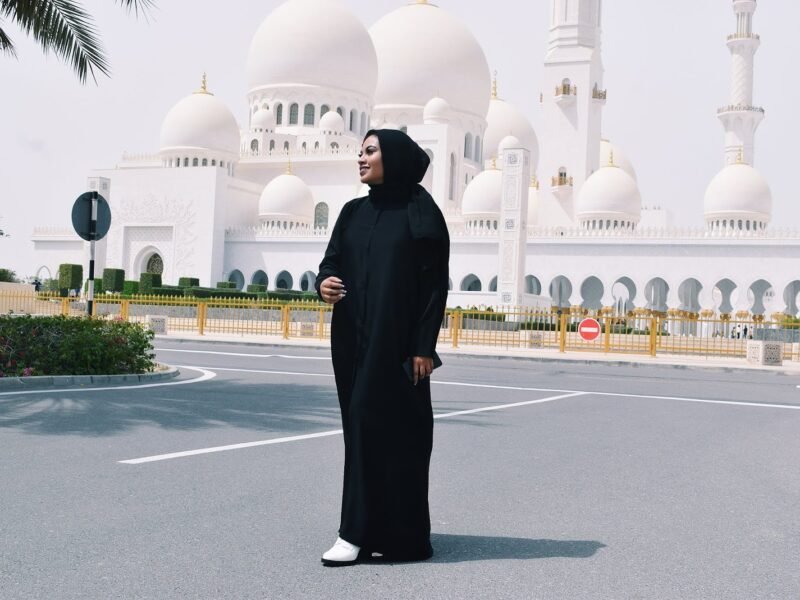An important question Dubai dress code. A recent study by some foreign university students conducted in seven Muslim-majority countries (Dubai, Tunisia, Egypt, Iraq, Lebanon, Pakistan, Saudi Arabia, and Turkey) found that most people prefer women who completely cover their hair, but not their face. In Turkey and Lebanon alone, more than one in four believe it is appropriate for a woman not to cover her head completely in public. Men are mostly allowed to wear both shalwar kameez and pant shirts in most Muslim countries across the globe.


The study treats the problem of women’s clothing as a visual preference. Each respondent is given a card containing six types of women’s hats and asked to choose the most suitable woman for the public place. While there is no label on the card, the styles range from the fully-hooded burqa and the niqab to the less conservative hijab. It is also possible that the woman is not wearing headgear of any type.
The opening of previously inaccessible areas of the Middle East means more travellers are entering Muslim countries. While this offers great opportunities for cultural understanding, it also allows for more of the art of travel. dress code are a serious requirement in Muslim society, and while men can get away with baggy jeans and tea, women have a bigger style problem. While it depends on whether you are going to modern cities like Dubai or a more traditional country like Oman, here in this post I am going to discuss what to wear in a Muslim country in 2021:
Muslims Dress Code


Dresses are the coolest option in a climate that regularly rises more than 100 degrees. But forget the strapless spaghetti with straps and tank tops. One of the first requirements for a modest Dubai dress code is to cover the upper arms. So, the sleeves are mandatory, preferably for the elbows, but any sleeves that cover the upper arms are acceptable. The length of the dress should cover the knees, although the maxis are a popular choice for willow ankles. Low cut tops shouldn’t be, neither are tight ones. If you wear a flowing skimming dress you are fine for most Islamic countries.
Pants


Even though the jeans look smooth because they cover the entire leg, heavier denim can be uncomfortable in extremely hot weather. The popular skinny jeans are also a little tight for some dress codes, so go for chinos or khakis in cotton. Capri pants are also a recommended choice. Never think of slices or anything made of sticky material like that. Anything that shows underwear (or underwear or bra straps) is considered rude.
Shirts


The shirt should cover the shoulders and upper sleeves and should not be cut low. Most t-shirts fit this description, but anything that is strictly abhorrent. The top of the cut was not used; the sides of the shirt should be longer. Tunics with long sleeves or elbow length are very popular. The fabric should not be transparent or have cuts. Skip the sleeveless top unless you cover it with a sweater or jacket and bring it to a boil.
Scarves


Non-Muslim women are not always expected to cover their hair, but in some situations and circumstances, they are. Conservative countries, including Saudi Arabia, Iran and Iraq, expect women to cover their heads and hair with a headscarf or hijab. Other places are quieter for headgear, but women need to cover their heads when visiting holy sites and mosques. With bare hair, it is worth remembering that in some countries wet hair has a sexual lustre. So don’t walk out of your room with wet hair thinking that you can let it dry. Also, keep in mind that the holy month of Ramadan may have a stricter dress code. It is always good to wear a large scarf when travelling to a Muslim country as you can use it to cover your head and shoulders if necessary. When in doubt, you will be mistaken for humility.











